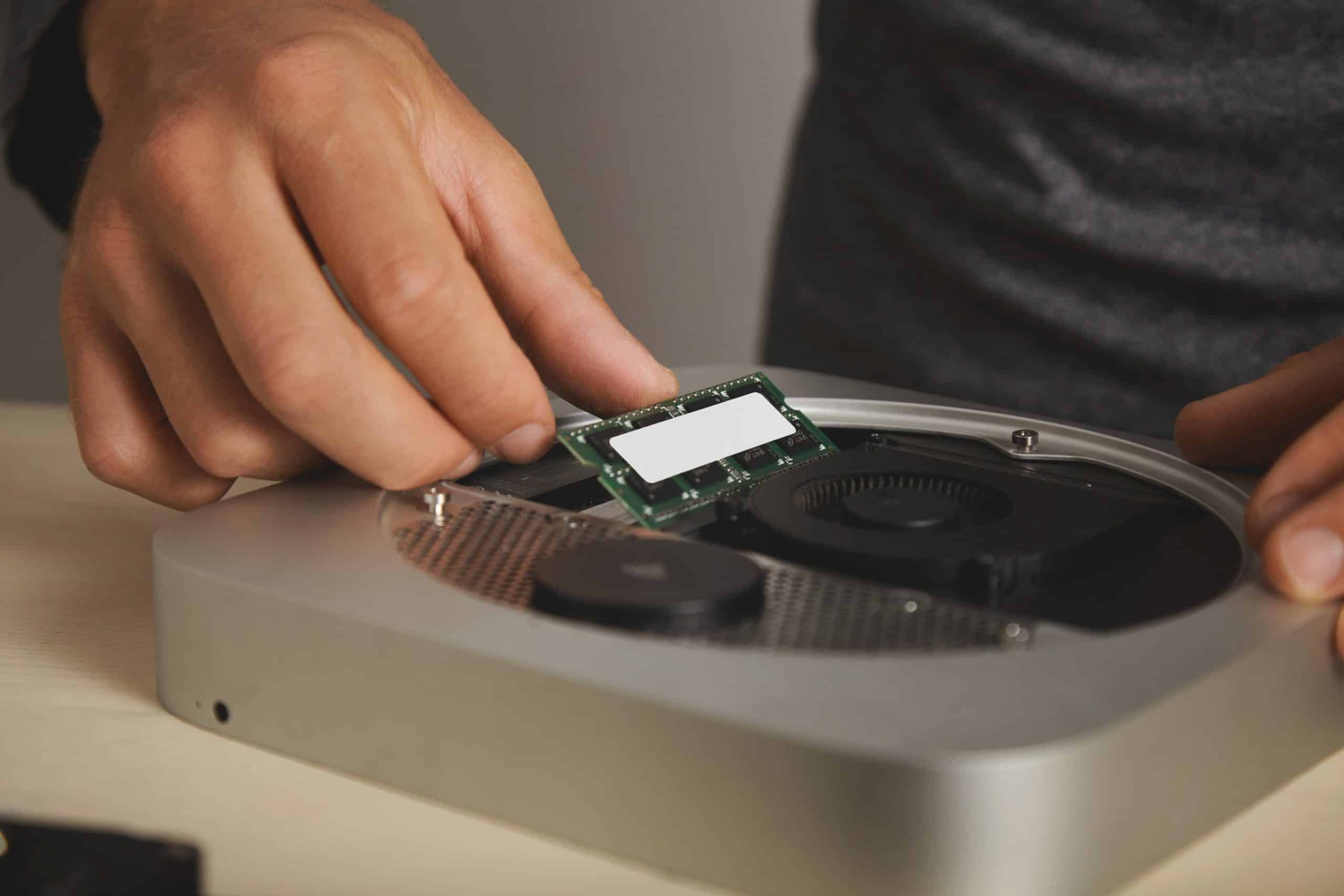Contrary to the belief of an average car owner, the radiator is an essential component of the vehicle’s cooling system. It is designed to keep the engine from overheating, thus maintaining the optimal performance of your car. However, like any other component of a machine, a radiator is not immune to damage and wear over time. One of the most common problems car owners encounter with radiators is leakage. Leaking radiators can cause significant damage to the engine if not addressed promptly. In this comprehensive guide, we will examine some effective methods to repair a punctured radiator, especially in emergency situations.
Recognizing Signs of a Leaking Radiator
Before you can effectively address the problem of a leaking radiator, it is crucial to identify the signs. Recognizing these early warnings will save you from any potential catastrophic engine failure.
A lire aussi : Can You Retrofit Heated Seats into a Mercedes-Benz C-Class for Added Comfort?
Coolant Leak
The most apparent sign of a radiator leak is a visible pool of coolant under your vehicle. Coolant is often bright green, orange or pink, making it easy to spot.
Overheating Engine
Radiator leaks can lead to a low coolant level, causing the engine to overheat. If your temperature gauge is constantly high, it might indicate a radiator leak.
A voir aussi : How to Choose the Right Off-Road Tires for a Land Rover Range Rover Sport?
Low Coolant Level
If you frequently need to top up the coolant, it is a sign that your radiator may be leaking.
The Process of Repairing a Punctured Radiator
Having identified the signs of a radiator leak, the next step is to address the problem. Here’s how to repair a punctured radiator in an emergency situation.
Pressure Testing
The first step in repairing a punctured radiator is pressure testing the system. This operation will confirm if the radiator is indeed leaking. To perform a pressure test, you’ll have to purchase or rent a pressure tester. This device will be attached to the radiator or coolant reservoir, replacing the radiator cap. Pump the tester to increase the pressure in the system. If the pressure drops, this indicates a leak.
Locating the Leak
Once you’ve established that your radiator is leaking, the next step is to locate the leak. You can do this by visually inspecting the radiator for any signs of coolant leak. This could be along the hoses or at the valves.
Sealing the Leak
After locating the hole, use a radiator stop leak product to seal it. These products are designed to seal small holes in the radiator, thereby stopping the leak.
What if Sealing Doesn’t Work?
If the leak persists after sealing, the problem may be more significant than a puncture. The radiator might need a complete replacement, or it could be an issue with the engine itself.
Replacing the Radiator
If the puncture is large or the radiator is rusted and old, it may be time for a replacement. This is a more involved process and may require professional assistance. However, many car enthusiasts can manage this task with the right tools and instructions.
Checking the Engine
If the radiator is not the problem, the issue might be within the engine. A cracked engine block or blown head gasket can cause coolant leaks. These problems require professional repair and are often costlier than replacing the radiator.
Emergency Fixes for a Leaking Radiator
If you’re in an emergency situation and don’t have immediate access to a mechanic, there are a few temporary fixes you can apply to get your car to the nearest repair shop.
Epoxy or JB Weld
Epoxy or JB Weld can be used to seal small leaks temporarily. However, remember that this is a temporary solution. As soon as you can, take your car to a professional mechanic for a permanent repair.
Cold Weld
Cold weld is another temporary fix. It is a two-part epoxy that cures and forms a strong bond to seal leaks. This can be applied to a cool, dry radiator.
Use of Pepper
As a last resort, if you have nothing else available, you can use black pepper to fix a small radiator leak. Pouring a tablespoon of black pepper into the radiator might seal minor leaks temporarily. The heat from the coolant system will cause the pepper to swell and fill the small hole.
Remember, these are only stopgap measures. It is crucial to get your vehicle to a trusted mechanic for a permanent fix at the earliest. Regular inspection and maintenance of your cooling system will help prevent such problems in future.
Taking Preventive Measures Against Radiator Leaks
Protecting your vehicle against radiator leaks is a critical aspect of maintaining an efficient and smooth operating vehicle. Regular inspection and preventive measures can save you from a lot of trouble and unnecessary emergency repair, thereby extending the life of your radiator and the overall cooling system.
Regular Inspection and Maintenance
As the saying goes, "prevention is better than cure". Regularly inspecting your radiator for any signs of wear and tear can help you spot potential problems before they escalate. Look for any signs of rust, corrosion, or damage. Check the radiator hoses and valves for any noticeable wear or cracking. Also, keep an eye on the coolant level and replace the coolant as recommended by your vehicle’s manufacturer.
Using a Radiator Conditioner
A radiator conditioner is a product designed to prevent radiator leaks. It adds a protective layer to the interior of the radiator and helps to seal small pinhole leaks. By adding a radiator conditioner to your coolant system, you can help to extend the life of your radiator and avoid potential leaks.
Replacing Old Radiator Valves
Radiator valves control the flow of coolant through the heating system. Over time, these valves can wear out and develop leaks. If you notice a leak around the gland nut or bleed valve of the radiator, it may be time to replace the valve. Also, keep in mind that using PTFE tape can help ensure a tight seal when replacing valves.
In Conclusion: Dealing with a Leaking Radiator
In this complete guide, we’ve discussed the essential steps to identify, repair, and prevent a leaking radiator. It’s important to remember that the radiator is a vital component of your vehicle’s cooling system, and ignoring a leak will only lead to more significant problems down the line.
Whether it’s a coolant leak, an overheated engine, or a low coolant level, recognizing the signs of a radiator leak early can save you from costly repairs or even a catastrophic engine failure. If your radiator leaks, prompt action should be taken to either seal the leak or replace the radiator if necessary.
In emergency situations, temporary fixes like the use of epoxy, cold weld, or even black pepper can help you get your vehicle to the nearest repair shop. However, these are just temporary solutions, and a trusted mechanic should inspect your vehicle as soon as possible.
Finally, remember that preventive measures like regular inspections, using a radiator conditioner, and replacing old radiator valves can help you avoid radiator leaks and maintain an efficient cooling system. Keep your radiator in good shape, and it will keep your engine cool and running smoothly.






